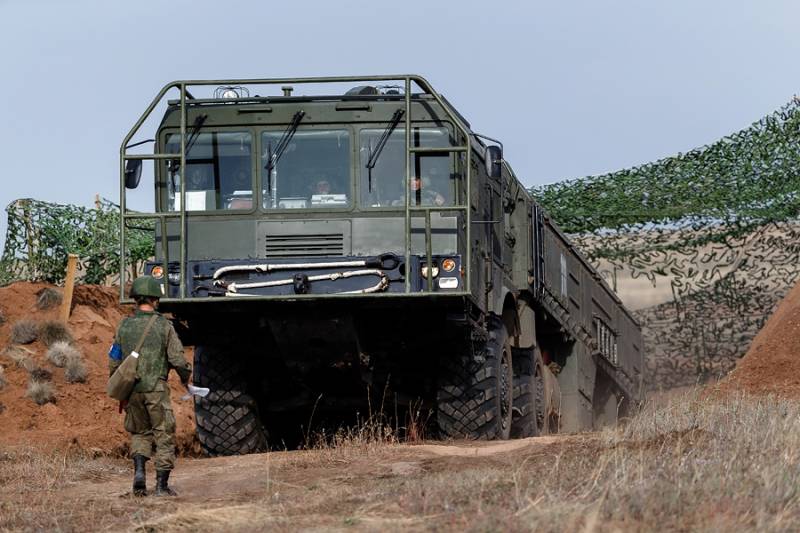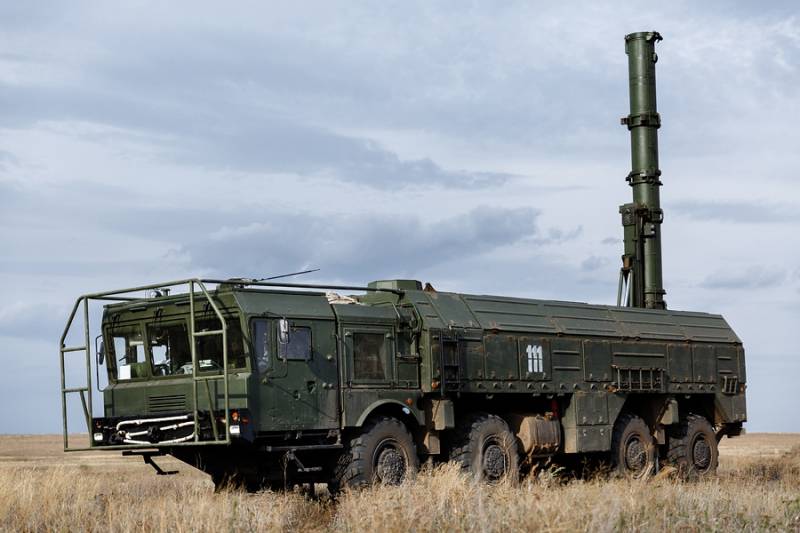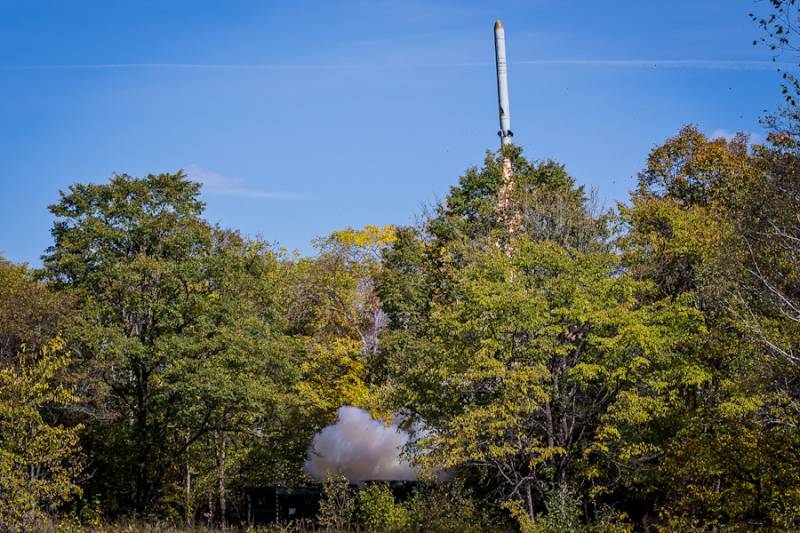The development of OTRK Iskander continues
On the current state of affairs and prospects of the Russian 14 missile systems in September, Valery Kashin, general designer of the Engineering Design Bureau (Kolomna), told the media. In his statements, the expert touched on the further development of Iskander and the characteristics of their operation in the medium and long term.
Describing the current situation, V. Kashin recalled that this fall, the KBM and related enterprises will have to hand over to the Russian armed forces the last brigade set of the Iskander-M OTRK, built in accordance with the 2011 contract of the year. Earlier, the industry built and shipped nine similar sets in parts. The tenth set will complete the execution of the current order. In this case, in the near future will begin production of two new sets, ordered this summer.
According to V. Kashin, there is a desire to move on. To date, the KBM designers have prepared a proposal for the Ministry of Defense, describing the further development of Iskander. Currently, the submitted documentation is in the approval phase. It is noted that the proposal has already been approved and now, apparently, we are talking only about the design of official documents.
General Designer of Kolomna Design Bureau believes that the creation of new missile systems can be carried out through the development of existing structures. Development of such systems from scratch simply does not make sense. According to V. Kashin, "Iskanders" in one form or another will serve another 20-30 years. During this period, the requirements for the complexes will change, but they must meet new challenges.
In 2012, industry and the military completed state tests of missile systems, and from their results it was established that the Iskanders had still not exhausted their potential. As a result, development work was continued. The purpose of the new work was the creation of promising guided missiles of different classes that are compatible with other components of the complex. The result was the emergence of a significant number of new samples. According to the KBM General Designer, at least seven missiles currently exist. Outwardly, they are identical, but radically different in their equipment.
As new missiles are developed, other technical means of the complex are improved. First of all, it is performed by improving and updating the software. The purpose of this work is to ensure the compatibility of combat vehicles and missiles of new types.
The development of new guided missiles for the Iskander family complexes is carried out taking into account the existing limitations. According to its characteristics, these products fully comply with the requirements of the agreement on the elimination of medium-range and short-range missiles. As V. Kashin noted, the designers take this into account and try so that “no one finds fault”.
For obvious reasons, the General Designer of the Engineering Design Bureau did not disclose the details of the new projects and clarify how promising missiles differ from existing ones. Therefore, it remains only to guess what opportunities the updated Iskander, equipped with the latest models of rockets, will have. Given the known information about existing serial products and the main provisions of the entire project, we can draw some conclusions.
According to the available data, no less than seven guided missiles have been created for the Iskander family complexes by now. In this case, apparently, we are talking about several basic versions of the missiles and a number of their modifications that have certain differences. Fighting vehicles of the basic model and modification of the Iskander-M are capable of using quasi-ballistic missiles of several types. Earlier it was claimed that there are five models of such weapons. There is also a cruise / airballistic missile with other capabilities.
Earlier it was reported that to reduce risks and increase the likelihood of successful destruction of the target, ballistic missiles of the Iskander complexes have the ability to maneuver in all sectors of the trajectory. There is also information about the possible use of so-called. stealth technology and false targets that make it difficult to detect and timely respond to an attack from the enemy’s missile defense.
According to various sources, the newest missiles of the Iskander family are capable of attacking targets at ranges up to 500 km - right down to the lower limit of the restrictions imposed by the INF Treaty. To the target can be delivered to the combat unit of a particular type. It is known about the existence of high-explosive, penetrating, cluster and special combat units. Due to the use of modern guidance systems, the circular probable deviation from the target may not exceed a few meters.
It can be assumed that the further development of such missiles should be carried out through the use of new components and refinement of control systems. Also promising combat units of a particular destination may be created. The main result of new projects should be improving the accuracy of hitting, reducing the likelihood of interception and increasing the power of the warhead. Increasing the range is no longer possible due to the presence of known limitations.
Similarly, further modernization of the P-500 cruise missile used by the Iskander-K complex can be carried out. It differs from other missiles of its family by a different flight profile, in which there is a ballistic initial segment and a cruising mode using carrier planes. Only at a relatively small distance from the target, the rocket is reduced, preparing for an attack.
For objective reasons, the P-500 rocket, after modernization, also cannot receive an increased range. At the same time, the use of new airborne equipment and the development of promising warheads will lead to understandable positive results in the context of combat use.
According to the estimates of the developer, the OTRK of the Iskander family still retain a certain modernization potential, and the further development of existing projects should continue. Moreover, the behavior of such works is already being considered in the context of updating the material part of the missile forces over the next 20-30 years. This suggests that in the near and distant future, KBM experts will create several new modifications of the complex itself, as well as a number of improved missiles.
According to the latest data, the Engineering Design Bureau has already formed a proposal for further improvement of Iskander, and now it is being evaluated by the Ministry of Defense. What kind of improvements are envisaged by this proposal is still unknown, although some assumptions can be made. However, it is already clear that it will take several years to implement the new plans, and after that the armed forces will be able to get a new improved missile weapon.
By now, as far as is known, the industry has supplied the armed forces with more than 124 of Iskander-M and Iskander-K complexes. New technology has already received more than ten formations of rocket forces. The last brigade kit at the moment was handed over to customers at the beginning of summer. By the end of autumn, KBM plans to complete construction and send another similar set to the customer, which will complete the implementation of the existing order of the Ministry of Defense.
Over the next few years, the industry will build two additional brigade kits ordered by the army in August of this year. According to the results of this order, the ground forces will use at least 150-160 self-propelled Iskander-M and Iskander-K launchers, as well as the corresponding number of other equipment of the complex. By the beginning of the next decade, it is planned to complete the rearmament of the missile forces to the new “Iskander” and, therefore, completely abandon the OTRK of older types.
On the materials of the sites:
http://ria.ru/
http://tass.ru/
http://interfax.ru/
http://lenta.ru/
http://militaryrussia.ru/blog/topic-832.html



Information